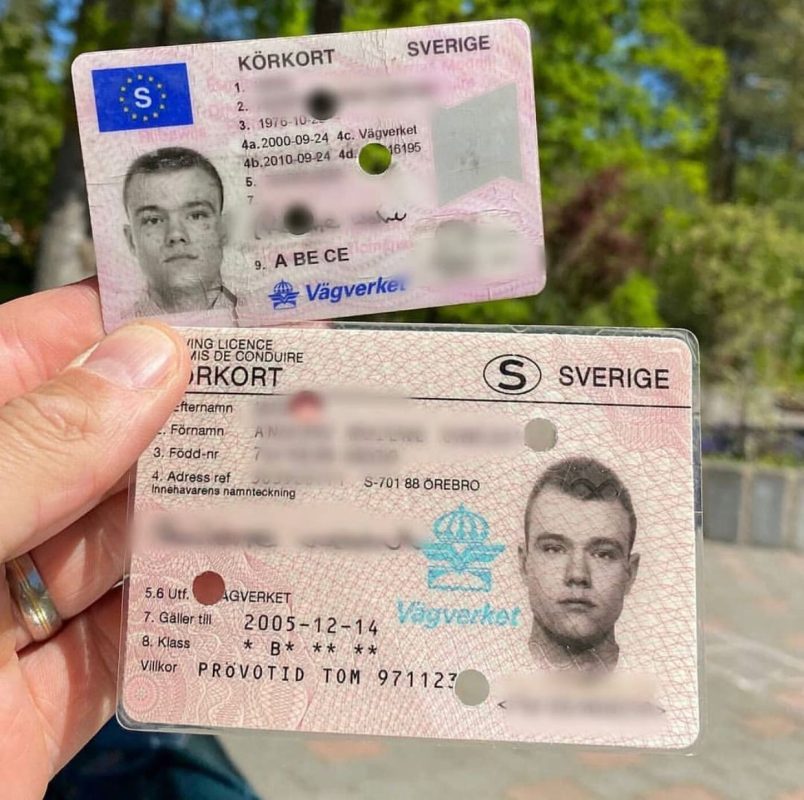10-Pinterest Accounts You Should Follow About Driving License Id-Handling 2025
Navigating the New Landscape of Driving License ID Handling in 2025
In every society, the driving license acts as a vital document, not just as an evidence of the capability to operate an automobile but likewise as an identification tool. As we step into 2025, significant modifications have emerged relating to the handling and management of driving licenses, mainly affected by advances in technology, progressing guidelines, and the need for boosted security measures. This short article aims to provide an extensive summary of driving license ID dealing with in 2025, illuminating the technologies involved, the upcoming legal transformations, and supplying answers to common questions.
The Transition to Digital Driving Licenses
Among the most noteworthy improvements in driving license ID handling is the extensive adoption of digital driving licenses. These digital licenses are stored digitally on mobile phones, providing numerous benefits to both drivers and authorities. In the United States, for example, many states have actually started carrying out digital chauffeur's licenses, while countries such as Canada and the UK are anticipated to do the same quickly.
Key Benefits of Digital Driving Licenses
- Convenience: Easily available on mobile phones, getting rid of the requirement to carry physical copies.
- Enhanced Security: Incorporating biometric features and file encryption helps to fight identity theft and fraud.
- Real-time Updates: Immediate updates to personal details, such as modifications in address or status, boost precision.
Challenges and Concerns
Despite the benefits, the shift to digital licenses presents challenges, consisting of issues about personal privacy, cybersecurity hazards, and the digital divide impacting those without access to smart devices or the internet.
Modifications in Regulatory Framework
As we head into 2025, several regulations surrounding driving licenses have come under scrutiny and improvement. Federal governments and regulative bodies are focusing on making sure that driving licenses are protected, valid, and released in compliance with established laws.
Secret Legislative Trends
Standardized ID Formats: Countries are moving towards a standardized format for driving licenses to improve recognition and enhance security.
Increased Verification Procedures: Authorities are now employing advanced methods such as facial acknowledgment and AI to improve confirmation processes at checkpoints.
Focus on Sustainability: With growing ecological concerns, lots of states are going with eco-friendly materials for physical licenses and checking out robust digital alternatives.
Age and Identity Verification: Enhanced steps are being put in place to accurately verify the age and identity of drivers, particularly in contexts where age-related laws apply to driving.
The Global Perspective: State-By-State Comparison
Nation
Digital License Implementation
Existing Regulations
Significant Features
United States
Numerous states in development
Varies by state, efforts to combine formats
QR codes for easy recognition
Canada
In pilot phases
Standardized recognition across provinces
Integration with health IDs
United Kingdom
Early adoption phase
Emphasis on online renewal and details updates
Digital verification through the app
Australia
Under factor to consider
Increasingly strict identification procedures
Focus on scams prevention
The Role of Technology in ID Handling
Technology is revolutionizing how driving licenses are dealt with. AI, blockchain, and biometrics are ending up being integral to driving license issuance and confirmation.
Innovations Shaping the Future
Expert system: AI algorithms are now used for acknowledging patterns in driving behaviors, which can notify insurance coverage premiums and legal implications.
Blockchain Technology: Ensuring the integrity and credibility of driving license data, blockchain innovation permits secure sharing of information in between authorities without fear of tampering.
Biometrics: Increasingly, biometric systems are implemented at the point of issuance and confirmation, such as facial recognition and finger print scanners, to guarantee safe and secure identity confirmation.
Prospective Impacts of Emerging Technologies
The application of these technologies can lead to improved dependability and security of driving IDs, however it raises concerns about data privacy and user authorization.
Often Asked Questions (FAQs)
1. What should I do if my digital driving license is lost or taken?
You should instantly report the loss or theft to your local motor car agency. The majority of digital licenses have built-in features to disable access from another location.
2. Are digital driving licenses accepted everywhere?
Since 2025, approval of digital licenses varies by region. It's advised to carry both digital and physical copies when traveling throughout state or nationwide borders.
3. Can I update my information on a digital driving license?
Yes, updates can frequently be made through the associated mobile application or website of the releasing authority.
4. What are Internationellt Körkort Transportstyrelsen for digital licenses?
Digital licenses normally include features such as file encryption, two-factor authentication, and biometric verification to boost security.
5. How will traditional driving licenses be impacted?
The relocation towards digital licenses might decrease the issuance of physical licenses, however they will still be readily available for those not able to gain access to digital options.
As we advance into a brand-new age in 2025, the handling of driving licenses is enhancing to satisfy the needs of modern-day society. Through technological advancements and regulative reforms, people can expect a more secure, efficient, and structured process for getting and handling their driving licenses. However, as digital services proliferate, it remains vital to address difficulties connecting to personal privacy, security, and ease of access, ensuring fair road access for all drivers while securing individual information. As federal governments across the globe continue to adapt to these modifications, the future of driving license ID handling is set to be both vibrant and transformative.
